Home>Gardening & Outdoor>Landscaping Ideas>What Kind Of Grass Is On Golf Greens
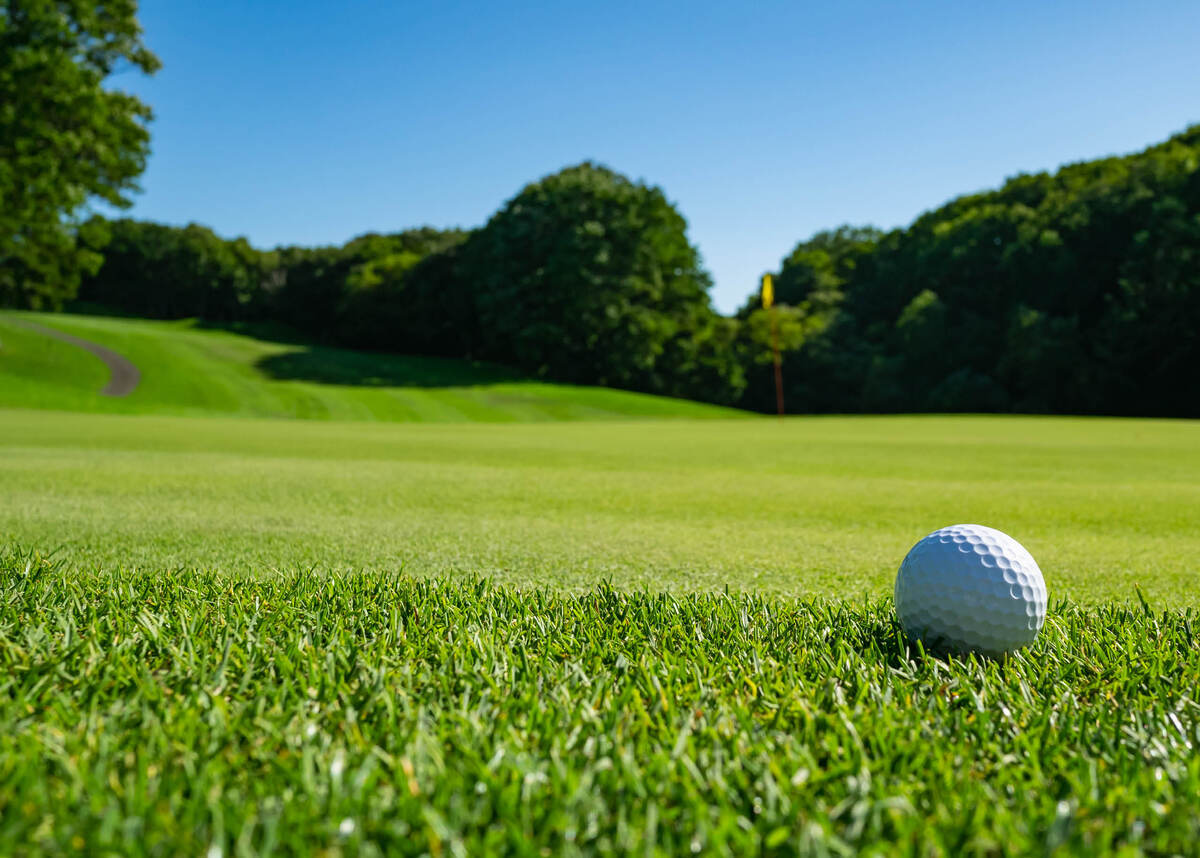

Landscaping Ideas
What Kind Of Grass Is On Golf Greens
Modified: February 18, 2024
Discover the best landscaping ideas for golf greens and learn about the different types of grass used for lush, professional-looking landscapes. Achieve the perfect green with expert tips and advice.
(Many of the links in this article redirect to a specific reviewed product. Your purchase of these products through affiliate links helps to generate commission for Storables.com, at no extra cost. Learn more)
Introduction
Welcome to the lush world of golf greens, where the type of grass underfoot can significantly impact the game. The choice of grass for golf greens is a crucial decision, as it directly affects the ball’s roll, speed, and overall playability of the course. Golf course managers, superintendents, and greenkeepers meticulously select and maintain the grass species on the greens to ensure optimal performance and visual appeal.
Each type of grass offers distinct characteristics, from texture and color to resilience and maintenance requirements. Understanding the unique traits of various grass species is essential for creating top-tier golf greens that meet the highest standards of playability and aesthetics.
In this comprehensive guide, we will delve into the different types of grass commonly found on golf greens, exploring the defining features of each variety and their suitability for the demanding environment of a golf course. Whether you are a golf enthusiast curious about the intricacies of the game or a landscaping professional seeking insights into turf management, this exploration of golf green grass types will provide valuable knowledge to elevate your understanding of this essential aspect of the sport.
Key Takeaways:
- Golf course managers carefully choose grass types based on climate, playability, and maintenance needs. Each grass variety, from Bentgrass to Bermuda grass, offers unique characteristics that enhance the golfing experience.
- Understanding the traits of Bentgrass, Bermuda grass, Zoysia grass, and Fescue grass is crucial for creating exceptional golf greens. Factors like climate compatibility, playability, maintenance, resilience, water efficiency, and aesthetic appeal guide the selection process.
Types of Grass on Golf Greens
When it comes to golf greens, the type of grass selected plays a pivotal role in shaping the playing experience. Golf course managers carefully consider various factors, such as climate, maintenance requirements, and playability, before deciding on the most suitable grass species for their greens. Several types of grass are commonly used on golf greens, each with its distinct traits and benefits. Let’s explore the primary varieties:
- Bentgrass
- Bermuda Grass
- Zoysia Grass
- Fescue Grass
Each of these grasses possesses unique characteristics that influence how the ball interacts with the surface, the visual presentation of the greens, and the overall resilience of the turf. Understanding the specific attributes of each grass type is essential for making informed decisions regarding golf course maintenance and turf management.
Now, let’s take a closer look at the defining features of these prominent grass species and gain insights into their suitability for golf greens.
Characteristics of Bentgrass
Bentgrass, known for its fine texture and dense growth, is a popular choice for golf greens in cooler climates. This grass variety thrives in regions with moderate temperatures and is prized for its ability to create a smooth, uniform playing surface. Here are some key characteristics of Bentgrass:
- Finely Textured Blades: Bentgrass is celebrated for its exceptionally fine blades, which contribute to its velvety appearance and the smoothness of the putting surface. The tightly knit growth pattern of Bentgrass creates a carpet-like effect, enhancing the aesthetics of golf greens.
- Cold Tolerance: Bentgrass exhibits excellent tolerance to cooler temperatures, making it well-suited for golf courses in regions with mild climates. Its ability to thrive in lower temperatures contributes to its popularity in northern regions.
- Low Mowing Height: This grass variety can be maintained at a very low mowing height, allowing for the creation of fast and true putting surfaces that are favored by golfers seeking precision in their putting game.
- Dense Growth Habit: Bentgrass forms a dense and uniform turf, providing a consistent ball roll and a level playing field for golfers. Its dense growth habit contributes to the resilience of the turf against foot traffic and ball impact.
- Maintenance Intensity: While Bentgrass delivers exceptional playability, it requires meticulous maintenance, including regular mowing, fertilization, and irrigation to sustain its optimal condition.
These characteristics make Bentgrass an ideal choice for golf greens where a premium putting surface is desired, particularly in cooler climates where its cold tolerance and fine texture shine. Golf courses that prioritize a traditional, immaculate appearance often opt for Bentgrass to create a classic and refined playing environment.
Characteristics of Bermuda Grass
Bermuda grass, a warm-season turfgrass, is a popular choice for golf greens in regions with hot climates. Known for its resilience and ability to withstand heavy foot traffic, Bermuda grass offers a range of characteristics that make it well-suited for golf course greens in warmer environments. Here are some key features of Bermuda grass:
- Durable and Resilient: Bermuda grass is prized for its exceptional durability, making it capable of withstanding the rigors of frequent play and foot traffic. Its robust nature allows golf courses to maintain high-quality playing surfaces even under heavy use.
- Rapid Growth and Recovery: This grass variety exhibits vigorous growth and possesses remarkable regenerative capabilities, enabling it to recover quickly from damage caused by play or environmental stress. Its rapid recovery contributes to the maintenance of consistent playing conditions.
- Heat Tolerance: Bermuda grass thrives in hot climates and exhibits remarkable heat tolerance, making it an ideal choice for golf courses in regions with prolonged periods of high temperatures.
- Low Water Requirements: Known for its water efficiency, Bermuda grass can thrive with minimal irrigation, making it well-suited for golf courses in arid or semi-arid regions where water conservation is a priority.
- Aggressive Growth Habit: Bermuda grass has an aggressive growth habit, allowing it to establish a dense turf that provides a smooth and consistent ball roll on the greens.
These characteristics position Bermuda grass as an excellent choice for golf greens in warm climates, where its resilience, rapid recovery, and heat tolerance are highly valued. Golf courses seeking a turfgrass that can withstand the demands of intense play and environmental conditions often turn to Bermuda grass to ensure the consistent quality of their greens.
Bentgrass and Bermuda grass are the most common types of grass used on golf greens. Bentgrass is preferred in cooler climates, while Bermuda grass thrives in warmer regions. Both types provide a smooth and fast putting surface.
Characteristics of Zoysia Grass
Zoysia grass, a warm-season turfgrass known for its lush appearance and resilience, has gained popularity as a viable option for golf greens in regions with moderate to warm climates. This grass variety offers a unique set of characteristics that make it well-suited for golf course environments. Here are some key features of Zoysia grass:
- Lush and Dense Growth: Zoysia grass is celebrated for its dense growth habit, creating a lush and visually appealing turf that enhances the aesthetics of golf greens. Its thick growth also contributes to the resilience of the playing surface.
- Cold Tolerance: While Zoysia grass is classified as a warm-season turfgrass, certain cultivars exhibit improved cold tolerance, allowing them to thrive in regions with slightly cooler climates compared to other warm-season grasses.
- Drought Tolerance: One of the standout characteristics of Zoysia grass is its exceptional drought tolerance, enabling it to maintain vigor and color even during periods of limited water availability. This feature makes it ideal for golf courses in regions with water restrictions or seasonal droughts.
- Low Maintenance Requirements: Zoysia grass is known for its relatively low maintenance needs, requiring less frequent mowing and minimal fertilization compared to some other turfgrass varieties. Its ability to maintain quality with reduced inputs appeals to golf course managers seeking efficient turf management solutions.
- Uniform Ball Roll: The dense and uniform nature of Zoysia grass contributes to a consistent ball roll on the greens, providing golfers with a reliable putting experience.
These characteristics position Zoysia grass as a compelling choice for golf greens, particularly in regions where its lush appearance, drought tolerance, and low maintenance requirements are highly valued. Golf courses seeking a visually striking and resilient turfgrass for their greens often find that Zoysia grass aligns with their maintenance and playability goals.
Read more: What Kind Of Grass Stays Green Year Round
Characteristics of Fescue Grass
Fescue grass, a cool-season turfgrass prized for its fine texture and adaptability, is a prominent choice for golf greens in cooler climates. This grass variety offers a range of characteristics that make it well-suited for golf course environments with specific climatic considerations. Here are some key features of Fescue grass:
- Fine Texture: Fescue grass is known for its fine blades, which contribute to its velvety appearance and the creation of smooth putting surfaces on golf greens. The fine texture enhances the visual appeal of the turf while providing an ideal surface for putting.
- Cold Tolerance: Fescue grass exhibits excellent cold tolerance, allowing it to thrive in cooler climates and maintain its color and vigor even during periods of lower temperatures. Its ability to endure cold conditions makes it a preferred choice for golf courses in northern regions.
- Drought Tolerance: Certain varieties of Fescue grass demonstrate impressive drought tolerance, enabling them to withstand periods of limited water availability while maintaining their overall quality and appearance. This feature is advantageous for golf courses facing water conservation challenges.
- Shade Tolerance: Fescue grass exhibits notable shade tolerance, making it suitable for golf greens situated in areas where limited sunlight poses a challenge for other grass species. Its ability to thrive in shaded environments expands the options for turf selection on golf courses.
- Low Maintenance Requirements: Fescue grass is renowned for its relatively low maintenance needs, requiring minimal fertilization and irrigation compared to some warm-season grasses. Its adaptability and efficiency in resource utilization make it an attractive choice for sustainable turf management.
These characteristics position Fescue grass as a compelling choice for golf greens in cooler climates, where its fine texture, cold and drought tolerance, shade adaptability, and low maintenance requirements align with the specific environmental and maintenance needs of the golf course. Golf courses seeking a resilient and visually appealing turfgrass for their greens often find that Fescue grass offers a well-rounded solution to their turf management challenges.
Choosing the Right Grass for Golf Greens
When it comes to selecting the ideal grass for golf greens, several factors come into play, including climate, maintenance preferences, playability goals, and aesthetic considerations. Golf course managers and superintendents face the crucial task of choosing a grass variety that aligns with the specific needs and challenges of their course. Here are key considerations for choosing the right grass for golf greens:
- Climate Compatibility: Understanding the climate of the region is essential in selecting a grass species that can thrive in the local environmental conditions. Warm-season grasses like Bermuda grass and Zoysia grass are well-suited for hot climates, while cool-season grasses such as Bentgrass and Fescue grass thrive in cooler regions.
- Playability and Ball Roll: The desired playing characteristics of the golf greens, including ball roll speed and smoothness, play a significant role in grass selection. Bentgrass is favored for its ability to create fast and true putting surfaces, while Bermuda grass offers resilience and consistency in warmer climates.
- Maintenance Requirements: Considering the maintenance capabilities and preferences of the golf course management team is crucial. Some grass varieties, such as Zoysia grass and Fescue grass, offer lower maintenance requirements, making them suitable for courses seeking efficient turf management solutions.
- Resilience and Durability: Assessing the expected foot traffic and play intensity on the golf greens is vital in choosing a grass variety that can withstand the demands of frequent use. Bermuda grass is known for its resilience and rapid recovery, making it an excellent choice for high-traffic areas.
- Water Efficiency: In regions where water conservation is a priority, selecting a grass variety with low water requirements, such as Bermuda grass and Zoysia grass, can contribute to sustainable turf management while maintaining turf quality.
- Aesthetic Appeal: The visual presentation of the golf greens is a significant consideration. Bentgrass and Fescue grass are valued for their fine texture and lush appearance, contributing to the overall aesthetics of the course.
By carefully evaluating these factors and considering the specific needs and goals of the golf course, course managers can make informed decisions when choosing the right grass for their golf greens. Ultimately, selecting a grass variety that harmonizes with the local climate, playability objectives, maintenance capabilities, and visual preferences is essential for creating exceptional golf greens that elevate the overall golfing experience.
Conclusion
Choosing the right grass for golf greens is a decision that significantly impacts the playability, aesthetics, and maintenance of a golf course. Each type of grass brings its unique set of characteristics, from texture and resilience to climate adaptability and maintenance requirements. Understanding the distinct traits of prominent grass varieties, including Bentgrass, Bermuda grass, Zoysia grass, and Fescue grass, is essential for golf course managers and superintendents seeking to create exceptional playing surfaces that meet the diverse needs of golfers and the demands of the environment.
By carefully considering factors such as climate compatibility, playability goals, maintenance requirements, resilience, water efficiency, and aesthetic appeal, golf course professionals can make informed decisions when selecting the most suitable grass for their greens. Whether it’s the velvety smoothness of Bentgrass, the resilience of Bermuda grass, the lush appearance of Zoysia grass, or the adaptability of Fescue grass, each variety offers distinct advantages that cater to specific environmental and playability considerations.
Ultimately, the pursuit of creating top-tier golf greens involves a thoughtful balance of playability, maintenance efficiency, and visual appeal. Golf course managers and superintendents play a vital role in curating the ideal turfgrass for their greens, ensuring that golfers experience the thrill of precision putting on surfaces that embody both functionality and beauty.
As the world of golf course management continues to evolve, the selection of the right grass for golf greens remains a cornerstone of turf management, contributing to the overall allure and enjoyment of the game. By embracing the diverse characteristics of various grass species and leveraging their strengths, golf courses can cultivate greens that elevate the golfing experience, embodying the perfect synergy of nature, precision, and playability.
Frequently Asked Questions about What Kind Of Grass Is On Golf Greens
Was this page helpful?
At Storables.com, we guarantee accurate and reliable information. Our content, validated by Expert Board Contributors, is crafted following stringent Editorial Policies. We're committed to providing you with well-researched, expert-backed insights for all your informational needs.

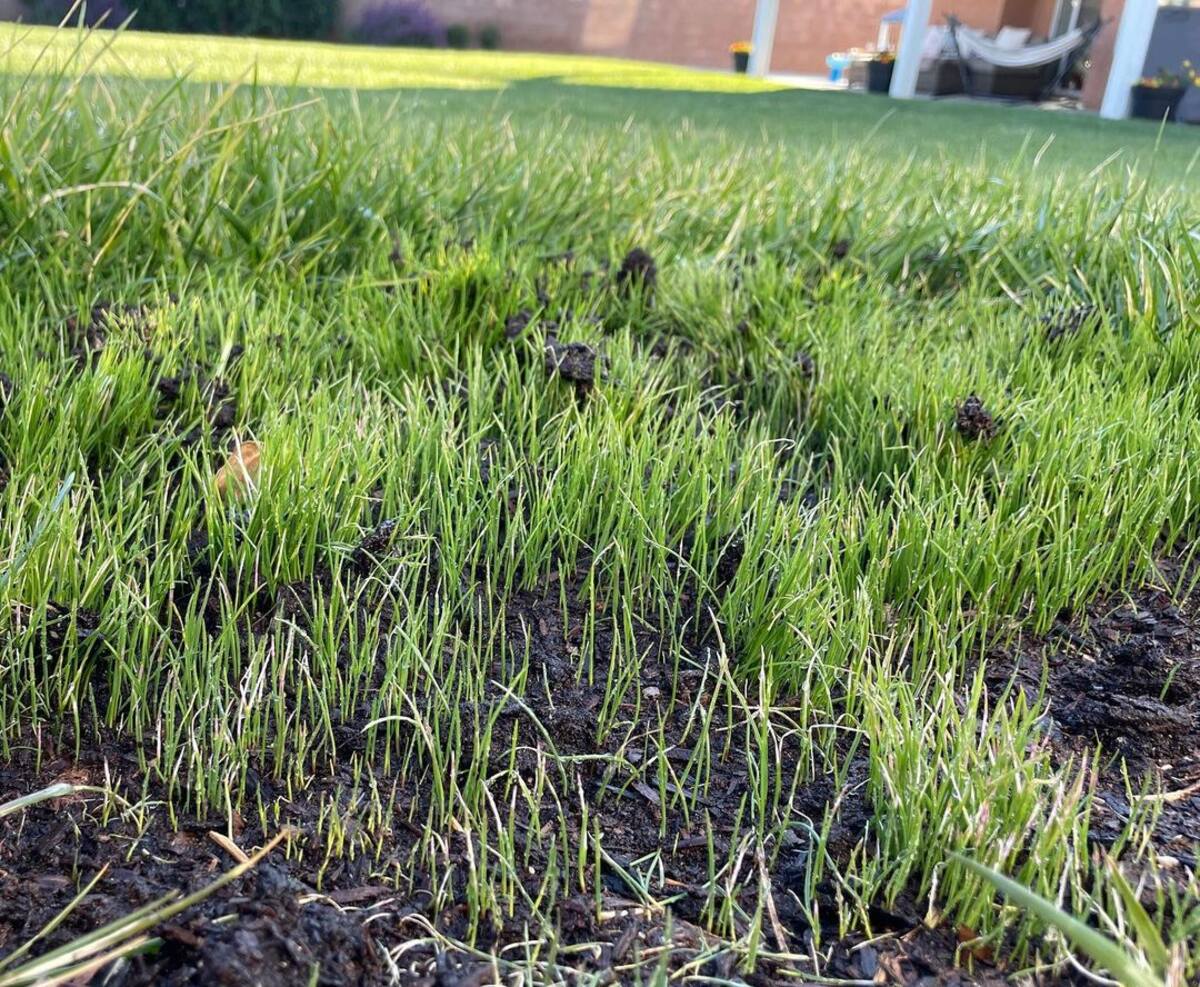
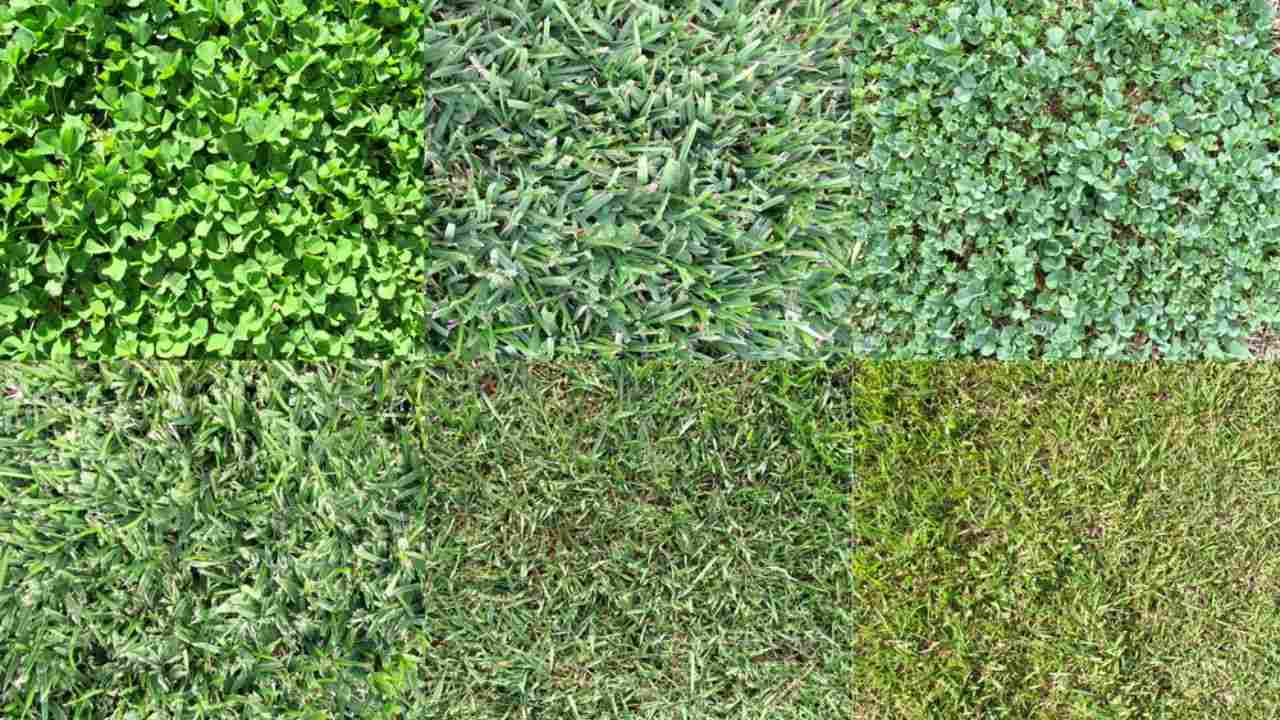
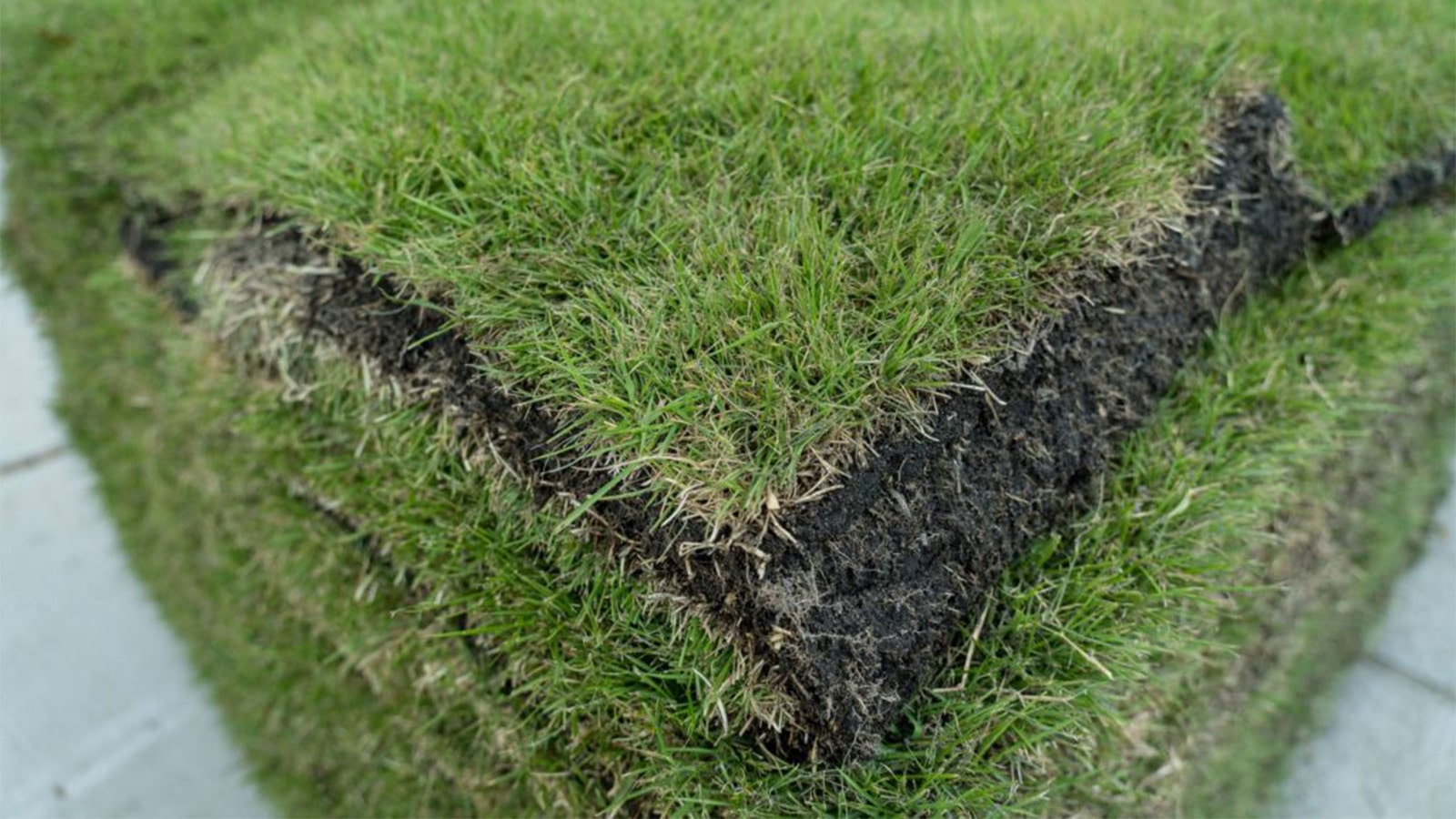

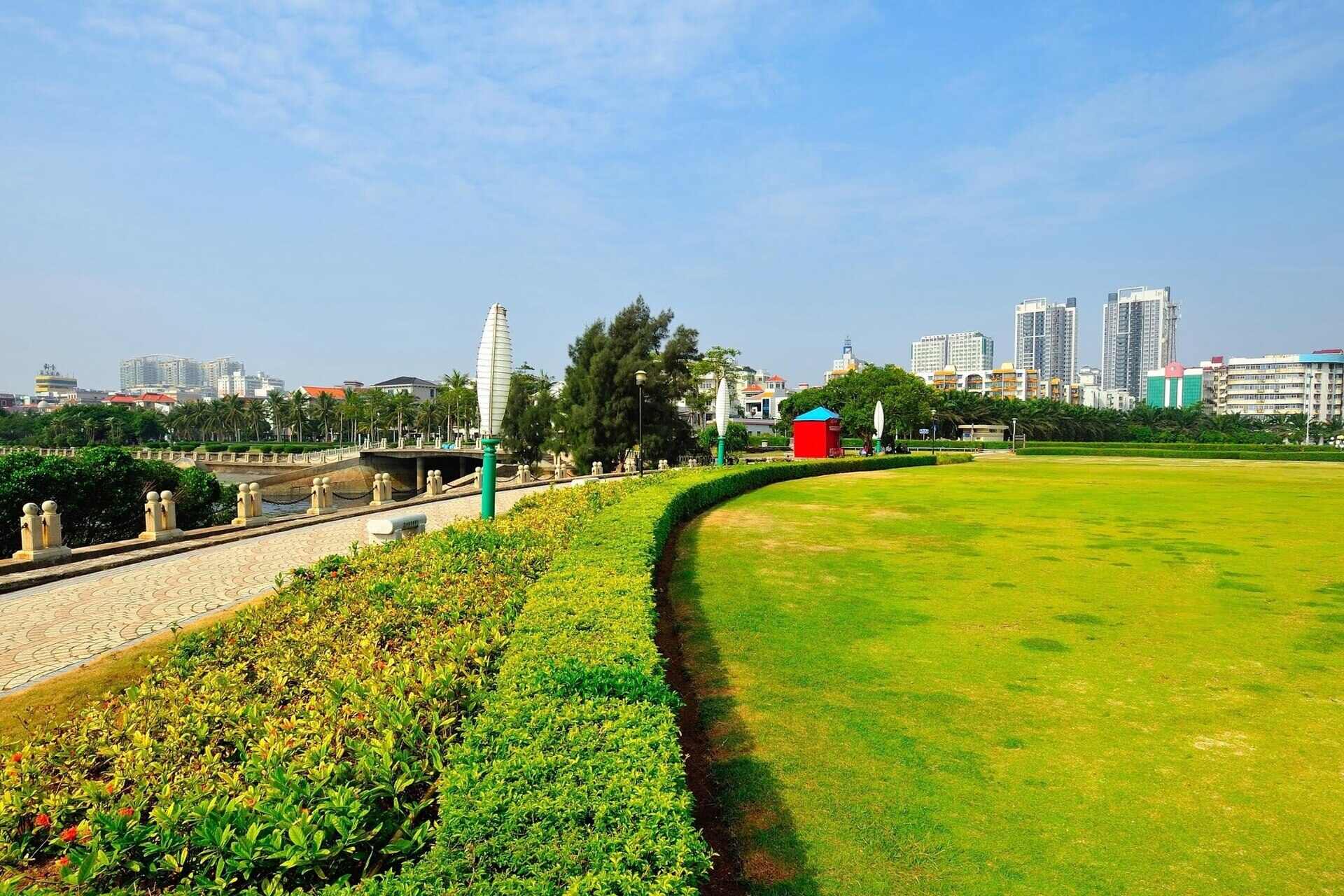
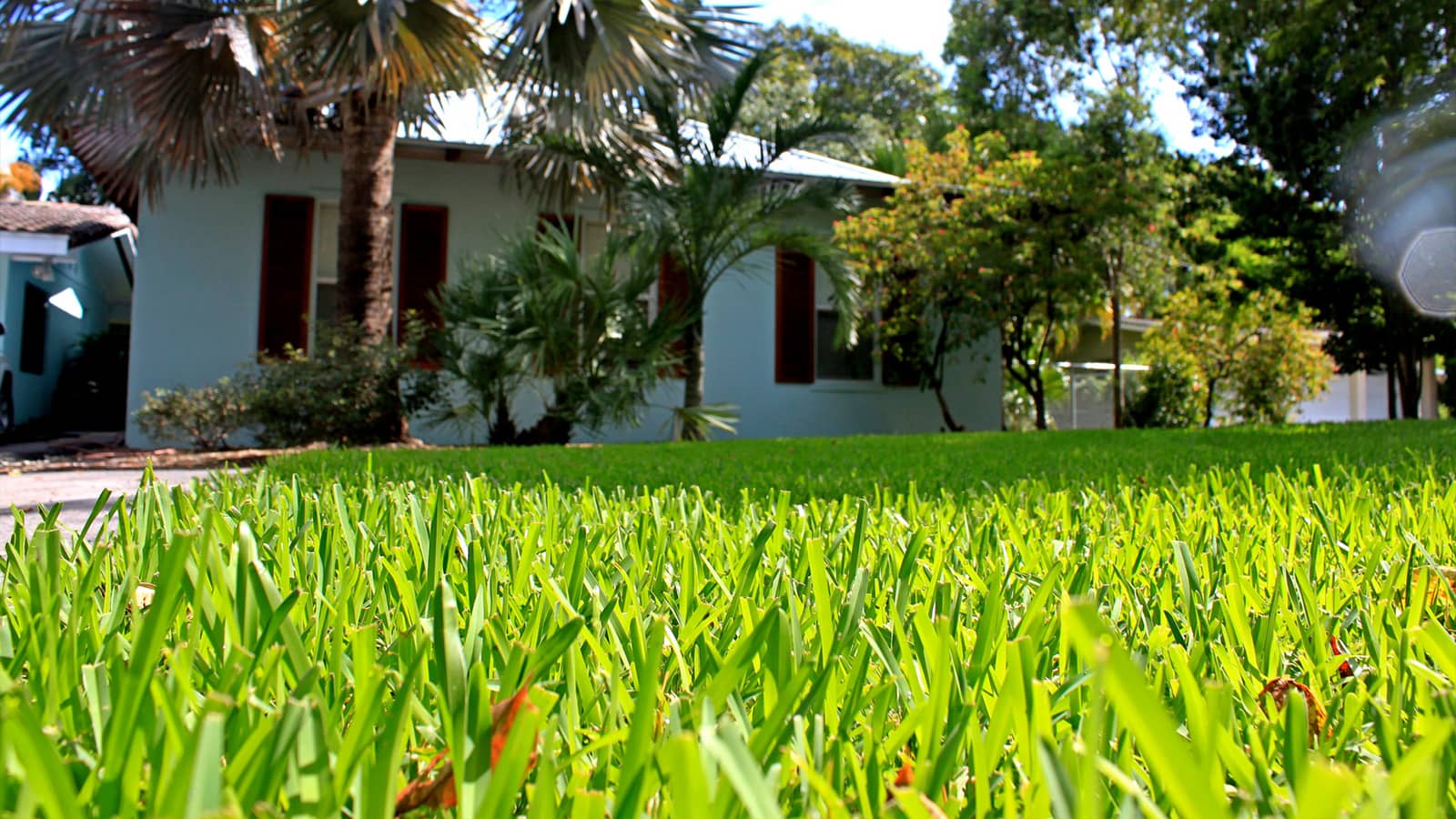
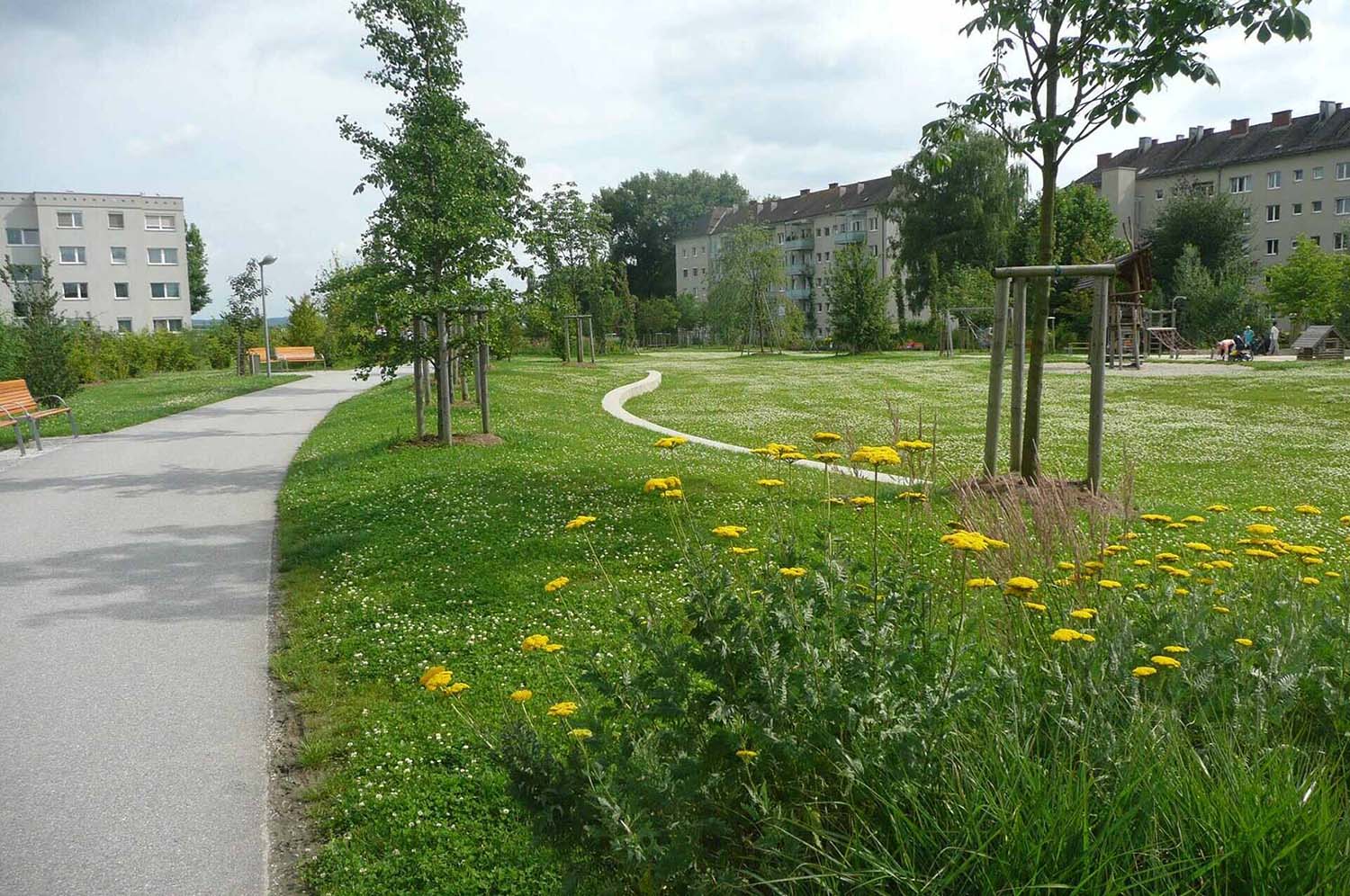
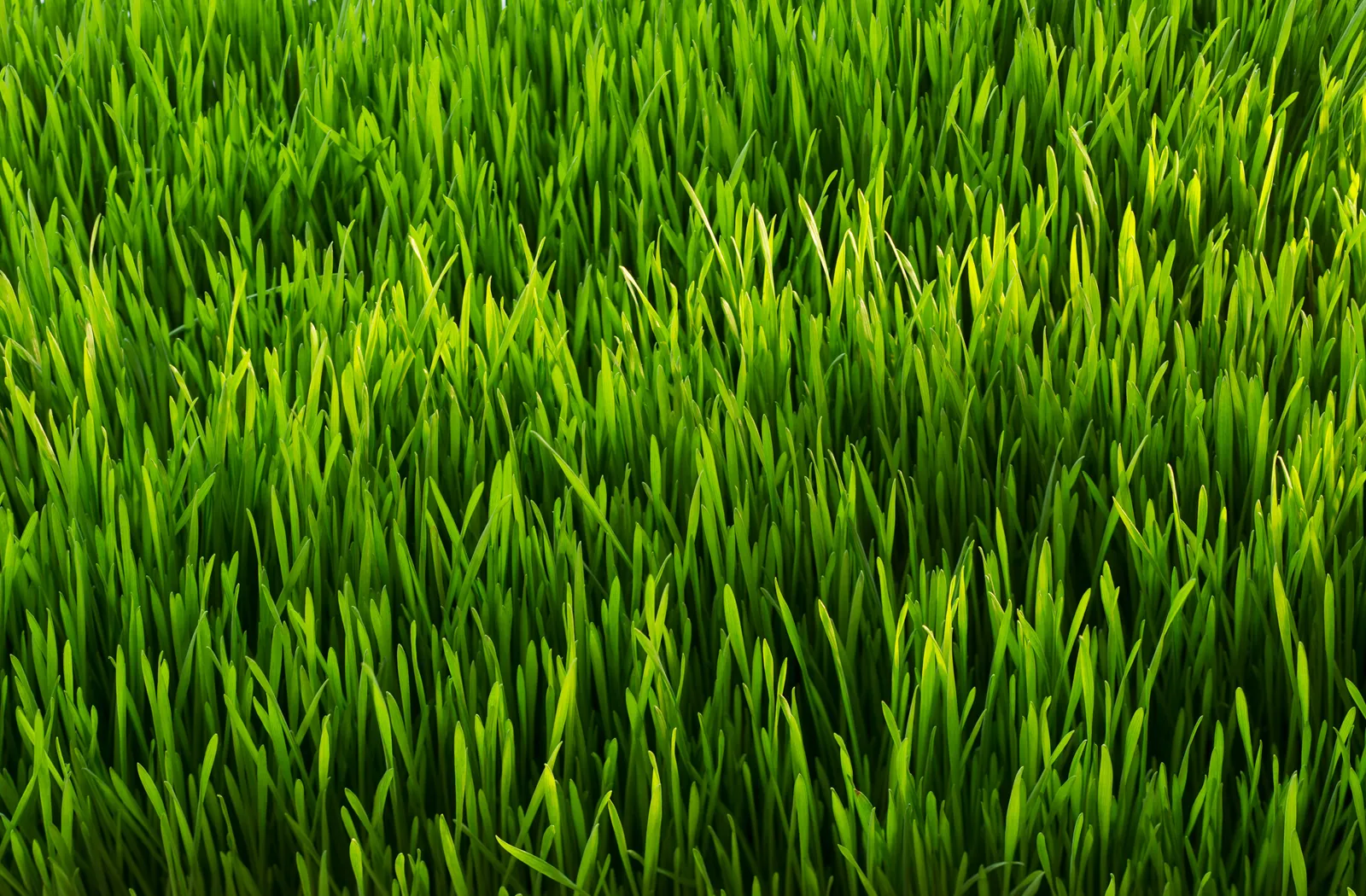
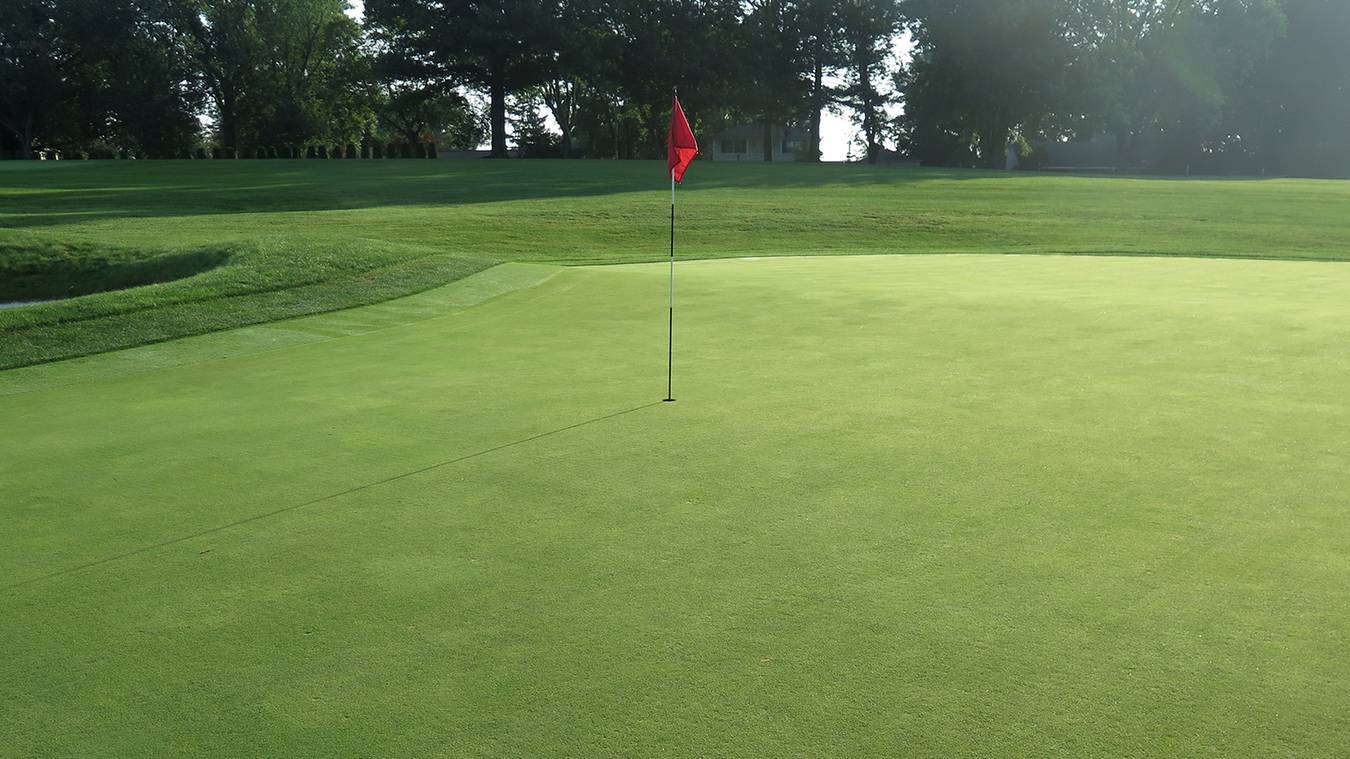
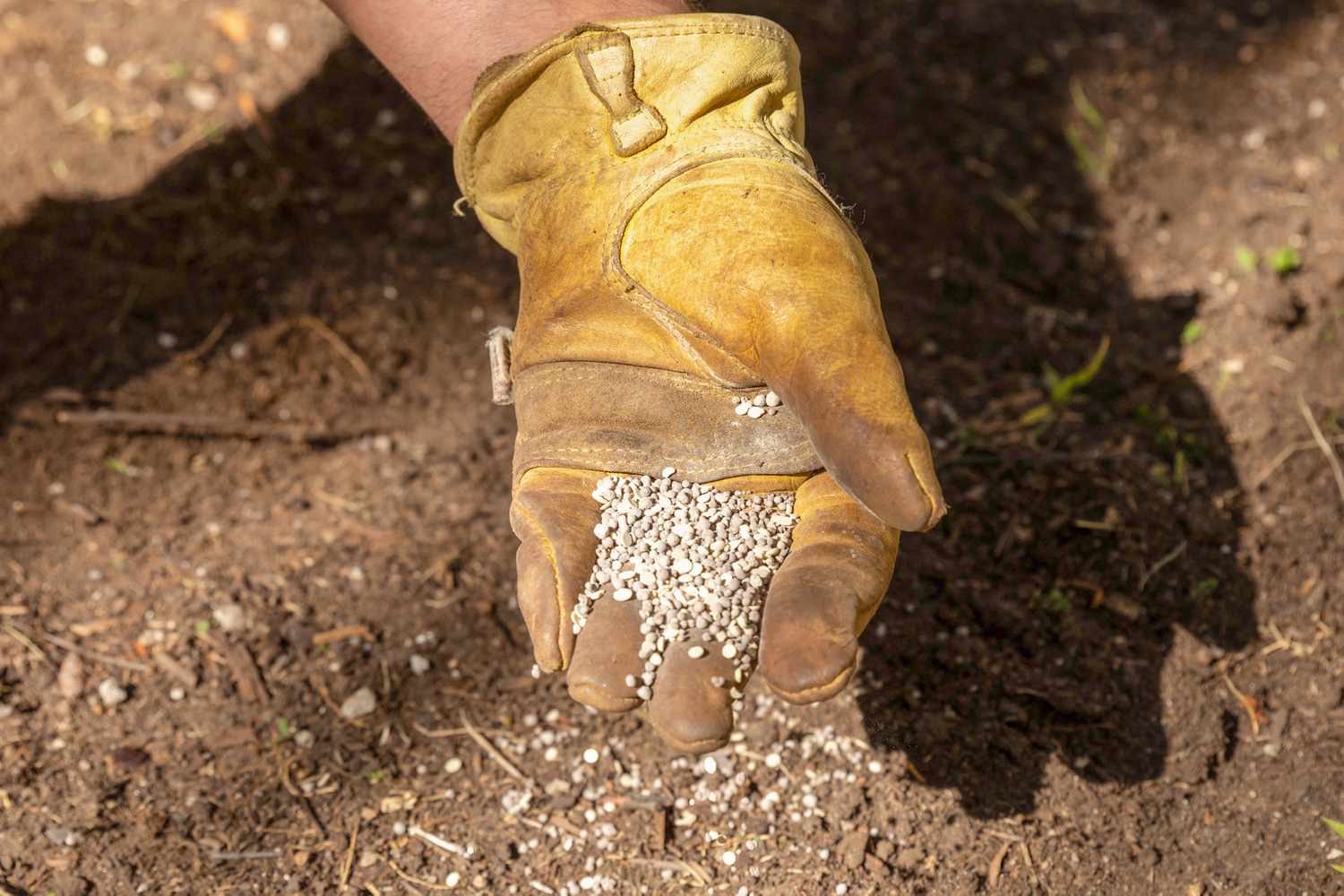
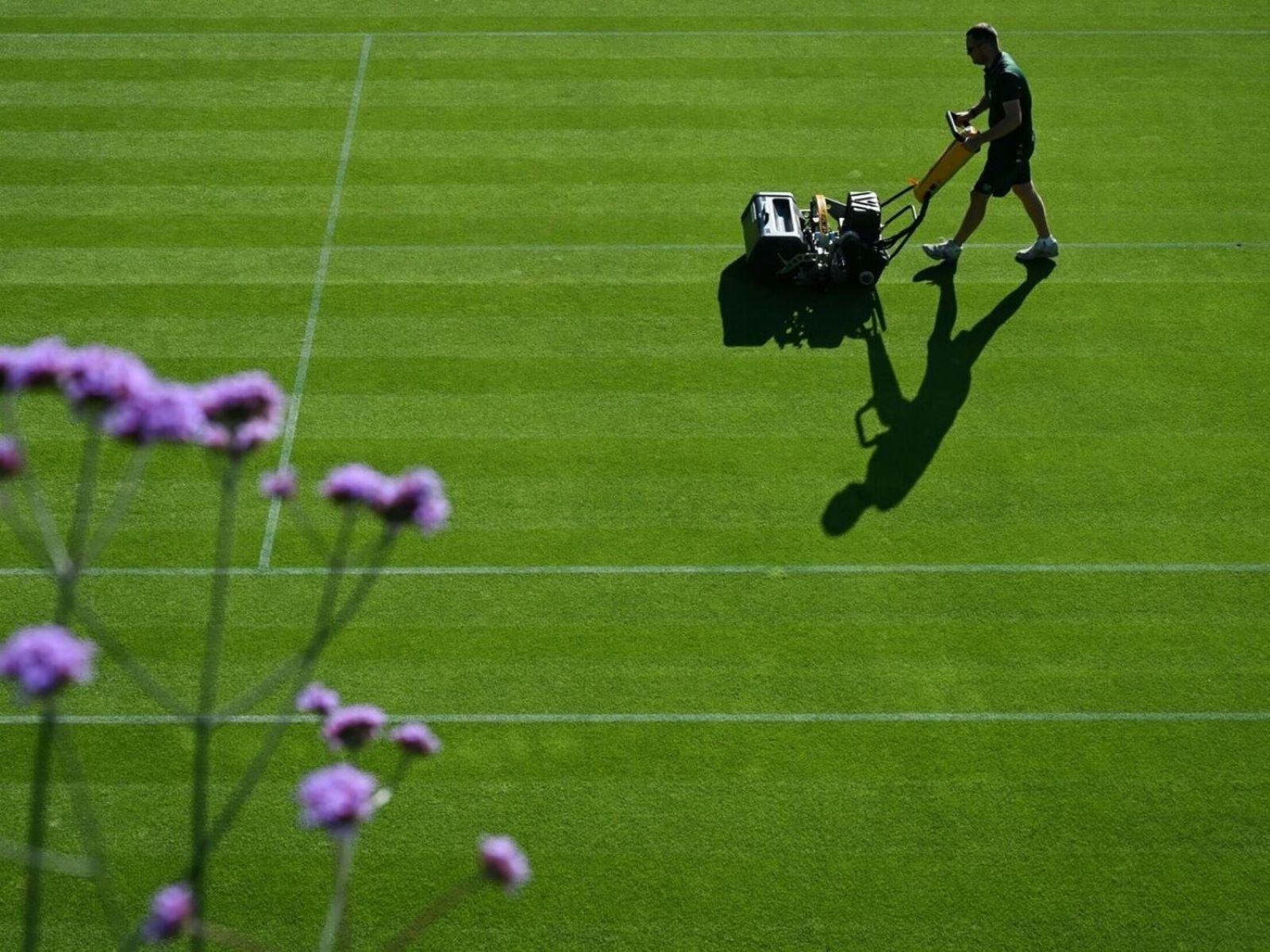
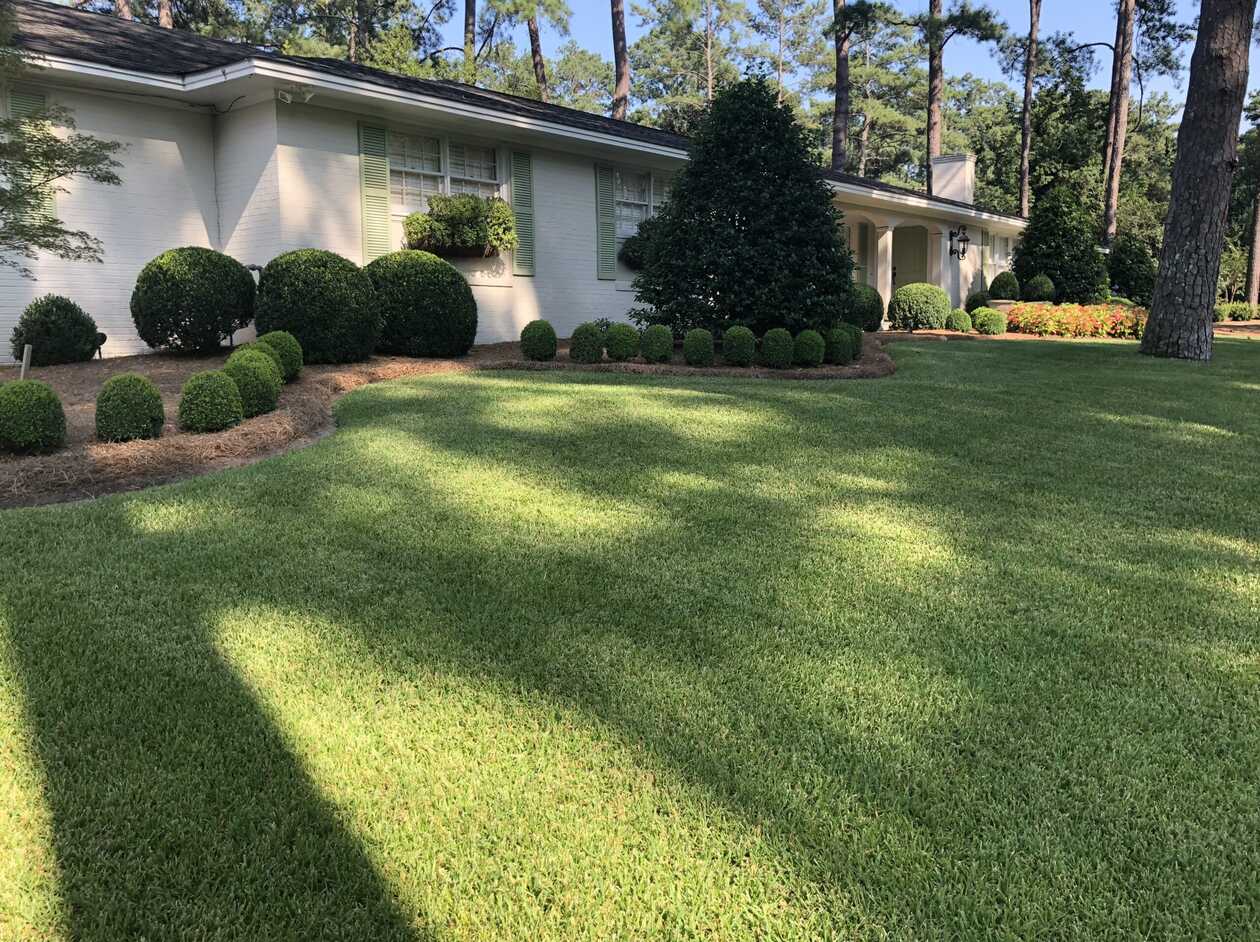
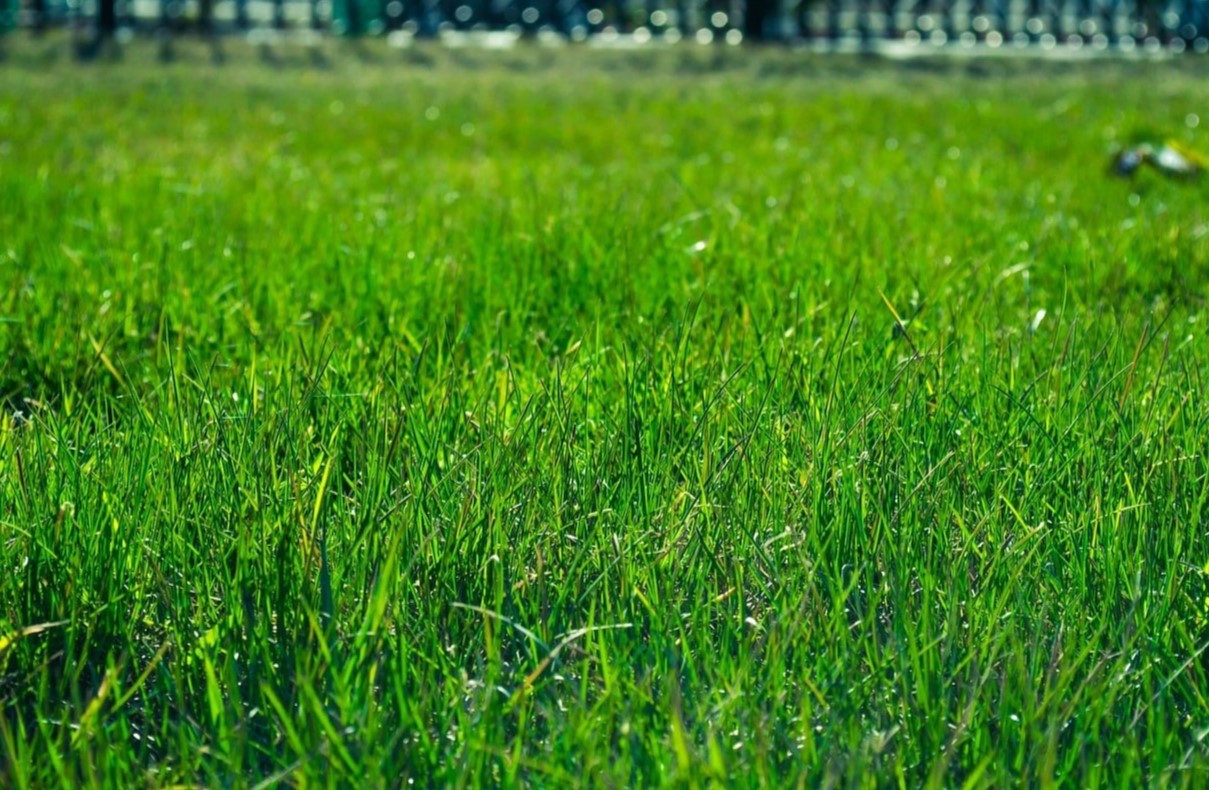

0 thoughts on “What Kind Of Grass Is On Golf Greens”